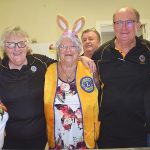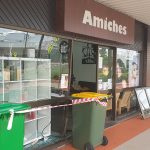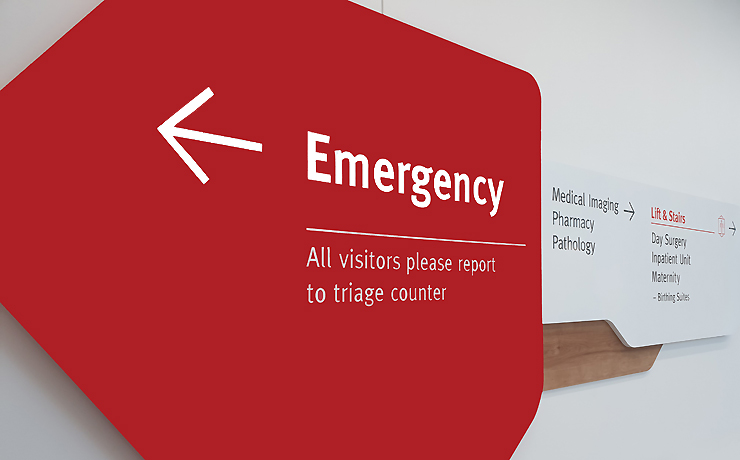
October 6, 2021
An exciting artificial intelligence project – which could have international implications – was officially unveiled to the public in Cherbourg on Wednesday.
The AI project has been under development for the past few months, linked to Cherbourg Aboriginal Shire Council’s Container Exchange depot and Material Recovery Facility.
The project aims to improve the automatic separation and counting of objects in the waste stream and could shake up the recycling industry around the world.
However, there are still months and months of work ahead for the team.
It is being developed by Cherbourg Aboriginal Shire Council in conjunction with Noosa Shire Council’s Peregian Digital Hub and supported by the Indigenous Land And Sea Corporation (ILSC) and Advance Queensland.
Cherbourg Council’s Community Development manager Sean Nicholson said the system basically consisted of very clever 3D cameras on the waste stream conveyor belt that could sort rubbish, identify individual items and count them.
The sorting is being controlled by programming happening at the Peregian Digital Hub in conjunction with data collected in Cherbourg.
At the moment, the AI project is working with the Containers For Change stream but this could be just the beginning.
“We will change the way rubbish is processed in the world, not just here in Cherbourg, I mean in the world, and there’s a lot more to come which I’m not going to talk about today,” Mr Nicholson said.
Chris Boden, the director of the Peregian Digital Hub, said the machine learning was like teaching an infant to read.
He said the project was not aiming to take away jobs, but rather to create meaningful high-value jobs in the community.
Up to eight senior Murgon State High School students interested in technology – and with an eye for detail – will be trained at the digital hub in Cherbourg.
Representatives from the Noosa and the South Burnett councils and various State Government departments attended the AI launch.
* * *
Also announced on Wednesday at Cherbourg was a new project involving the State Department of Innovation & Tourism Industry Development, Fujitsu and Cherbourg Council.
A Letter of Intent has been signed between the three parties for the development of a service centre at Cherbourg, which will bring more digital jobs into the community.
Nicole Forrester, from Fujitsu Oceania, said she hoped the pilot project would be launched at the end of March 2022.
The service centre will initially work with Fujitsu but could be expanded to service more clients.
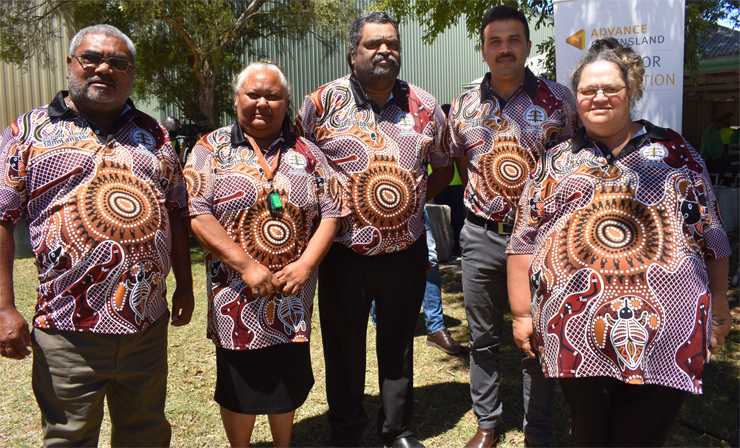
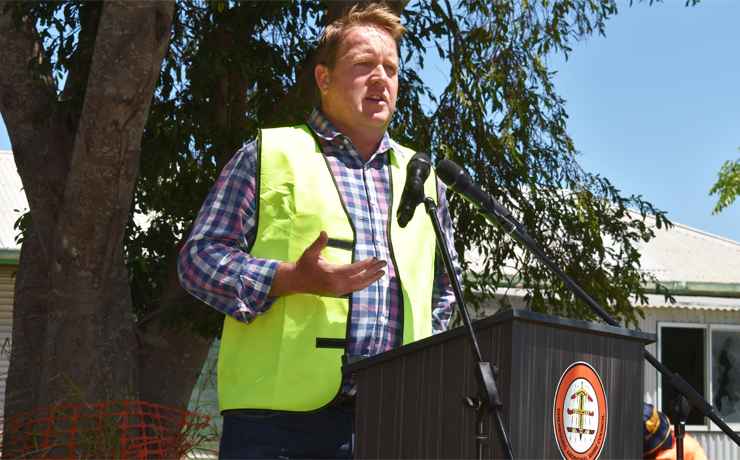
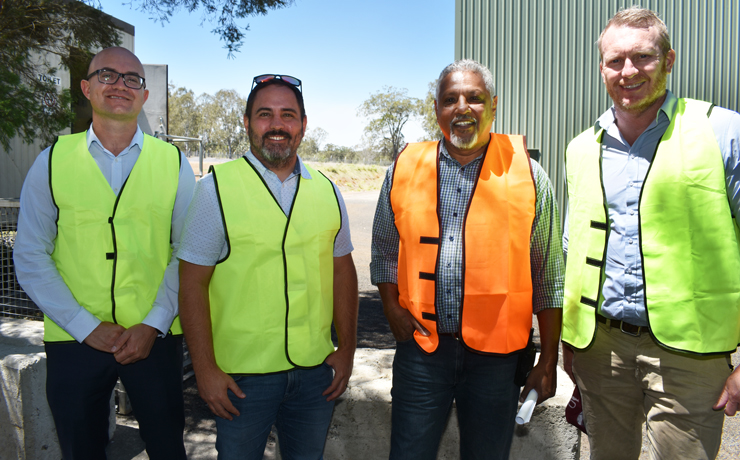
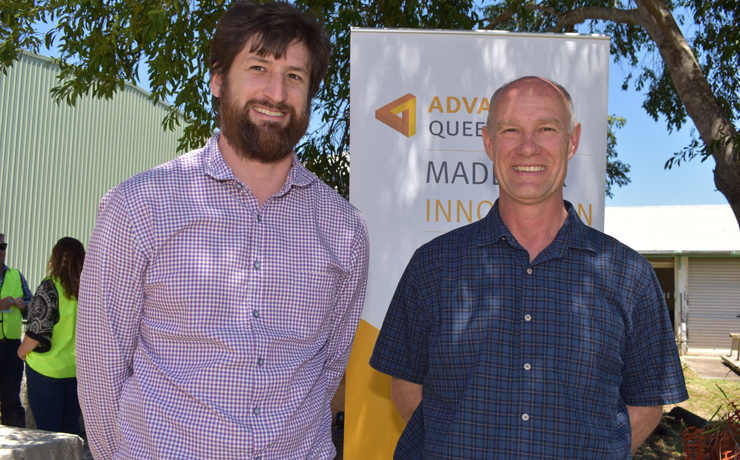
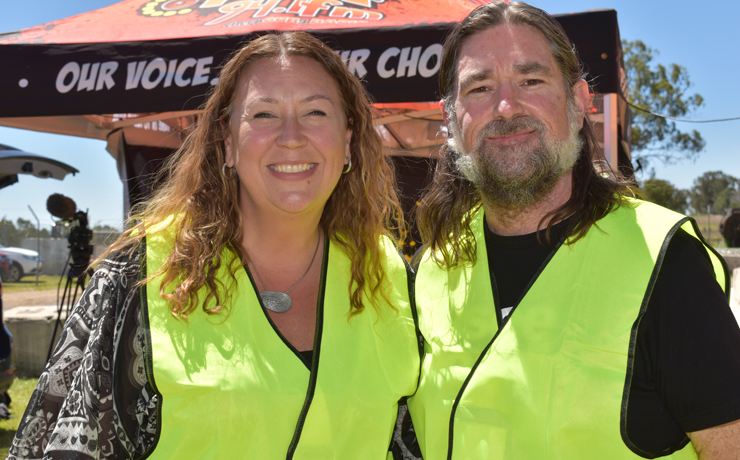


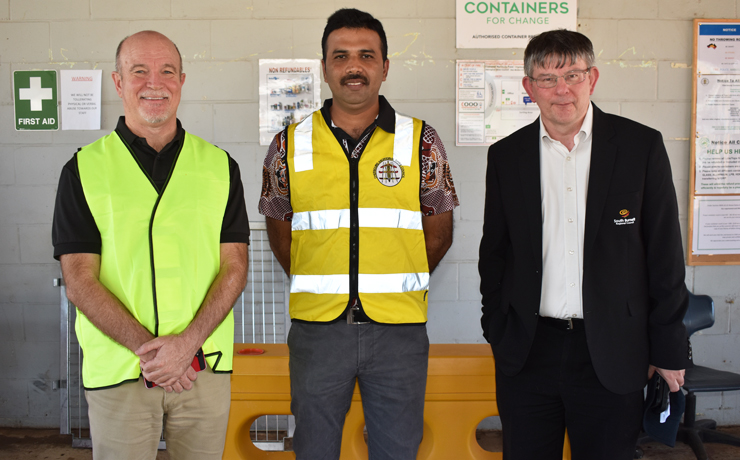
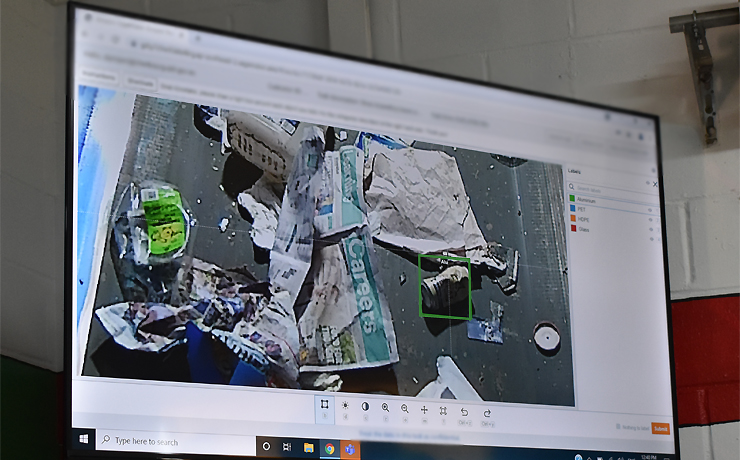
* * *
[UPDATED]







